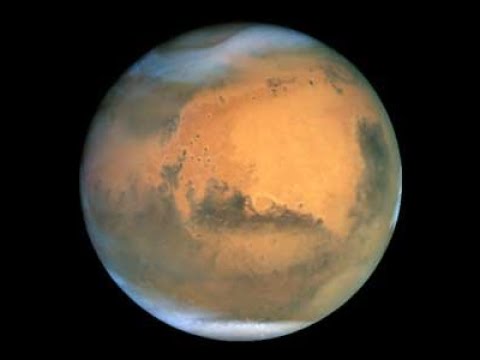Guests: Doug Sharp and Rich Geer
Description: There is a vast difference between Martian soil and soil on the earth. Martian soil does not contain organic matter and contains toxic perchlorates that interfere with the formation of life. Scientists speculate terraforming Mars into an environment that resembles earth, but that would mean transporting organic material to that planet, changing the atmosphere, warming the planet, creating an ocean, and starting life there. But if you compare the materials on Mars to that on Earth, the task is not possible.
On the earth, dirt is commonly defined as displaced soil, but scientifically, soil and dirt share similar basic components. Dirt is a mixture of minerals, organic matter, water, air, and living organisms. Its chemical makeup depends on its origin, environment, and exposure to natural processes.
Chemical Composition of Dirt:
Minerals: The primary component of dirt is mineral particles, derived from the weathering of rocks. These include sand (large particles), silt (medium particles), and clay (small particles). Common minerals found in dirt include quartz (SiO₂), feldspar, mica, and calcite.
Organic Matter: Decomposed plant and animal material contribute organic compounds such as humic acids, proteins, and carbohydrates. This organic layer is essential for nutrient availability and soil structure.
Water: Water in dirt acts as a solvent, facilitating chemical reactions and transporting nutrients to plants.
Air: Spaces between dirt particles contain air, with gases like oxygen, carbon dioxide, and nitrogen, enabling respiration for roots and soil microbes.
Living Organisms: Microbes, fungi, insects, and worms contribute to the breakdown of organic matter and promote nutrient cycling.
What Is Martian Regolith?
Martian regolith refers to the loose, unconsolidated material that covers solid rock on the surface of Mars. Unlike Earth’s soil, which contains organic material, Mars’ regolith is primarily composed of inorganic minerals and dust. The reddish color of the Martian surface is due to high amounts of iron oxide, or rust, in the soil.
Main Chemical Components
Iron Oxides: The most distinctive chemical in Martian dirt is iron oxide (Fe2O3), which gives Mars its characteristic red color.
Silicon Dioxide (SiO2): Silicates are common, similar to the rocks and dust found on Earth.
Magnesium, Aluminum, Calcium, and Potassium: These elements are present as oxides and are important in understanding Mars’ geological history.
Perchlorates: Salts containing chlorine and oxygen have been detected, which are highly reactive and have implications for both chemistry and potential biology.
Sulfates and Carbonates: These minerals suggest past interactions with water.
